The Dangs Tourism
Search related to Gujarat Tourism

The Dangs is a district located in the state of Gujarat in India. It is located in the southern part of Gujarat and is bordered by the states of Maharashtra and Dadra and Nagar Haveli. The Dangs district is a hilly region covered with dense forests, and it is also home to various tribes.
History
The Dangs was initially a part of the Dang Deh Kantha agency, which was a part of the Bombay Presidency during the British era. After India gained independence, it became a part of the state of Bombay, and later, it became a part of Gujarat. The district was carved out of the Valsad district in the year 1997.
The Dangs has a rich tribal history, and it is home to various tribes such as the Bhil, Kokna, Warli, and Varli. The tribal people have been living in the region for centuries and have their own unique culture and traditions.
Geography
The Dangs district is located in the southern part of Gujarat, and it covers an area of 1,764 square kilometers. The district is situated at an altitude of 400-1000 meters above sea level, and it is covered with dense forests. The region is home to the Sahyadri mountain range, which is a part of the Western Ghats.
The Dangs district is also home to various rivers such as the Purna, Ambika, and Gira. These rivers are the main source of water for the region and are also used for agriculture.
Demographics
As per the 2011 census, the population of The Dangs district was 228,291. The district has a literacy rate of 71.75%, which is higher than the national average. The district is predominantly rural, and the majority of the population is engaged in agriculture.
The Dangs district is also known for its tribal population. The tribal people have their own unique culture and traditions, and they have been living in the region for centuries. The Bhil tribe is the largest tribe in the district, followed by the Kokna, Warli, and Varli tribes.
Economy
The economy of The Dangs district is predominantly agricultural. The region is known for its production of rice, wheat, and maize. The district also has a significant forest cover, and the forests are a source of livelihood for the tribal people. The forest produce such as bamboo, tendu leaves, and honey are sold in the local markets, and they also provide employment to the people.
Apart from agriculture, the district also has a small-scale industry. The industries are mainly located in the towns of Ahwa and Waghai. The industries are engaged in the production of textiles, pharmaceuticals, and chemicals.
Tourism
The Dangs district is known for its natural beauty and is a popular tourist destination. The region is covered with dense forests and is home to various waterfalls, lakes, and wildlife sanctuaries. The district is also known for its tribal culture, and tourists can visit the tribal villages and experience their unique lifestyle.
Some of the popular tourist attractions in The Dangs district are:
- Saputara Hill Station: Saputara is a popular hill station located in the Dang district. The hill station is situated at an altitude of 875 meters above sea level and is known for its scenic beauty. Tourists can enjoy various activities such as trekking, boating, and camping.
- Girmal Falls: Girmal falls is a popular tourist attraction located in the Dangs district.
- State :
- Gujarat
How to Reach The Dangs
Complete List of Tehsils in The Dangs District, Gujarat
| S.No | Tehsil / Taluk Name | District Name | State Name |
|---|---|---|---|
| 1 | Ahwa | The Dangs | Gujarat |
| 2 | Dang | The Dangs | Gujarat |
| 3 | Dangs | The Dangs | Gujarat |
| 4 | The Dangs | The Dangs | Gujarat |
Discover Exciting Places to Visit in Agra, Uttar Pradesh - Your Ultimate Travel Guide
Are you ready to explore the wonders of Agra, Uttar Pradesh? From the majestic Taj Mahal to hidden gems waiting to be discovered, our travel guide unveils the most captivating
Explore Exciting Places to Visit in Mumbai, Maharashtra - Your Ultimate Travel Guide
Ready for an adventure? Mumbai, in the beautiful state of Maharashtra, is packed with amazing places waiting to be explored! From iconic landmarks to hidden gems, Mumbai has something for
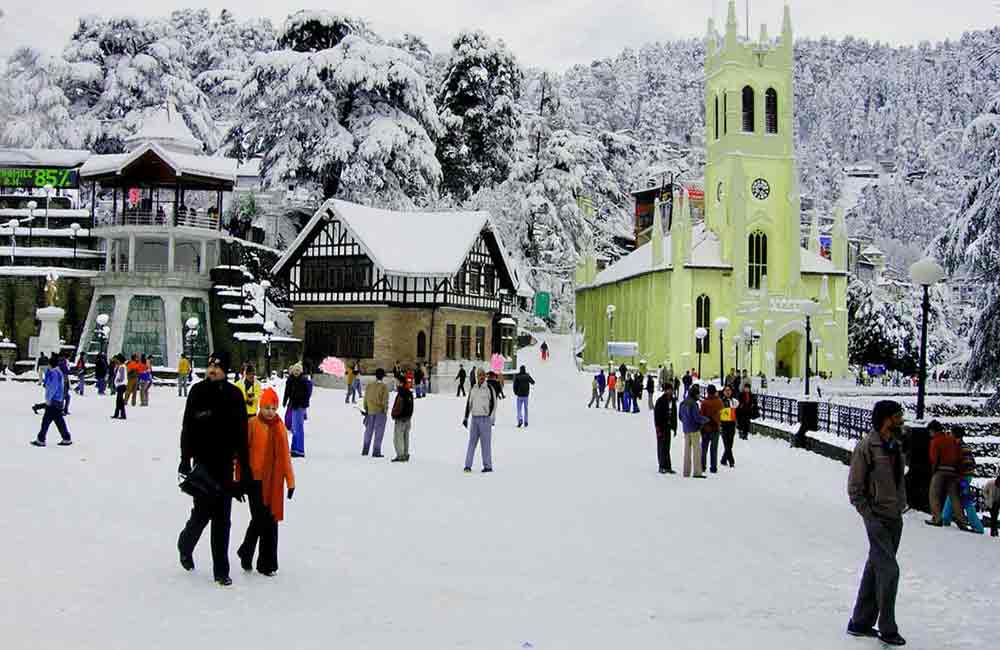
Explore the Wonderful Places to Visit in Manali, Himachal Pradesh - Your Ultimate Guide!
Ready for an exciting adventure? Discover the places to visit in Manali, Himachal Pradesh! From snowy mountains to lush valleys, there's something for everyone. Plan your trip now and explore
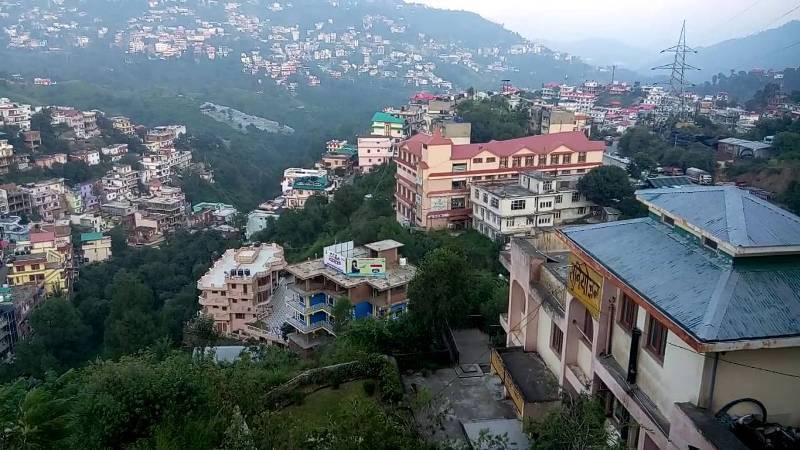
Places to Visit in Solan Himachal Pradesh - Explore the Best Tourist Spots
Discover the enchanting beauty of Solan Himachal Pradesh by exploring its myriad tourist spots. Whether you're seeking adventure or tranquility, Solan has something for everyone. From lush green valleys to
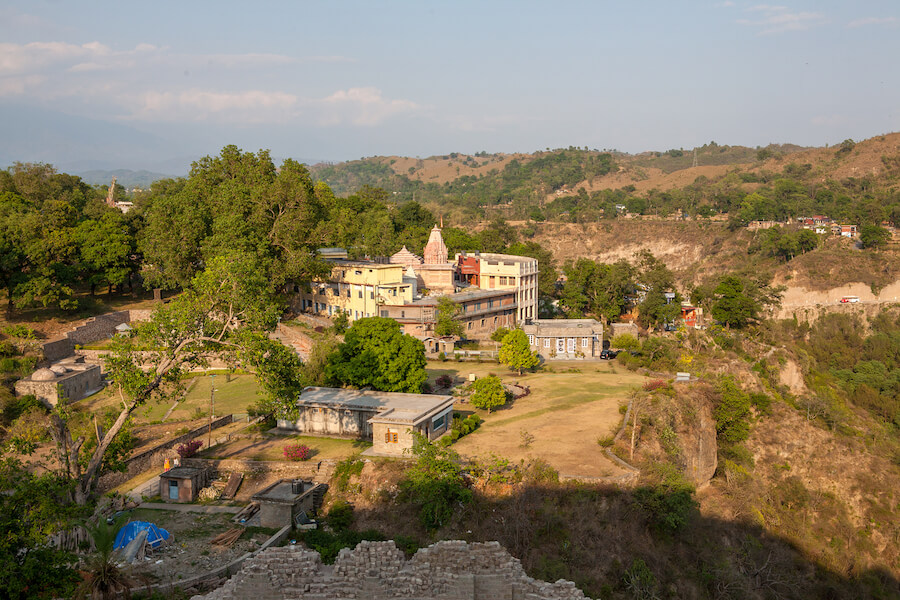
Discover the Best Places to Visit in Kangra, Himachal Pradesh: A Traveler's Guide
Ready for an exciting journey? Kangra, Himachal Pradesh welcomes you with open arms! Explore ancient temples, lush landscapes, and more in this enchanting valley. Let's uncover the best places to
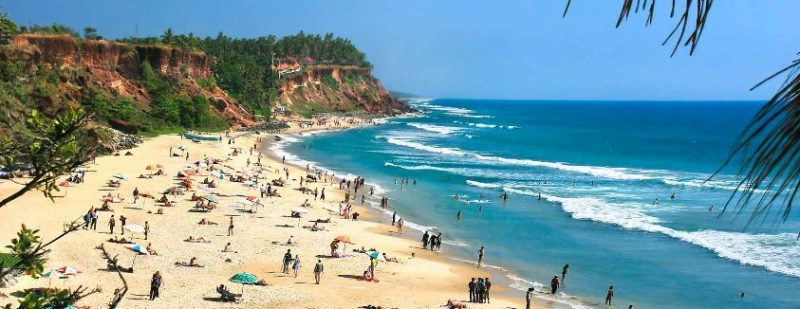
Explore Incredible Places to Visit in Varkala, Kerala: A Guide
Are you ready for an adventure? Varkala in Kerala is waiting for you! Discover the magic of this beautiful place with our guide to the best places to visit. From
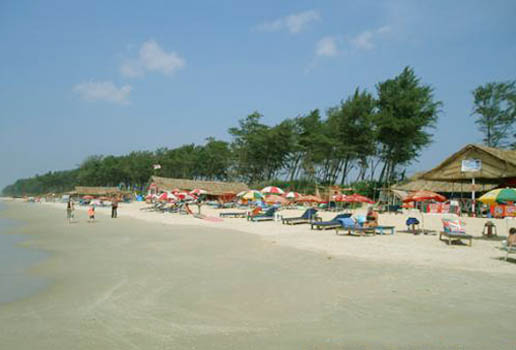
Explore Panaji, Goa: Discover the Best Places to Visit in the City
Ready for an adventure? Panaji, located in Goa, is packed with exciting places to visit. From ancient forts to picturesque beaches, there's never a dull moment in this lively city.
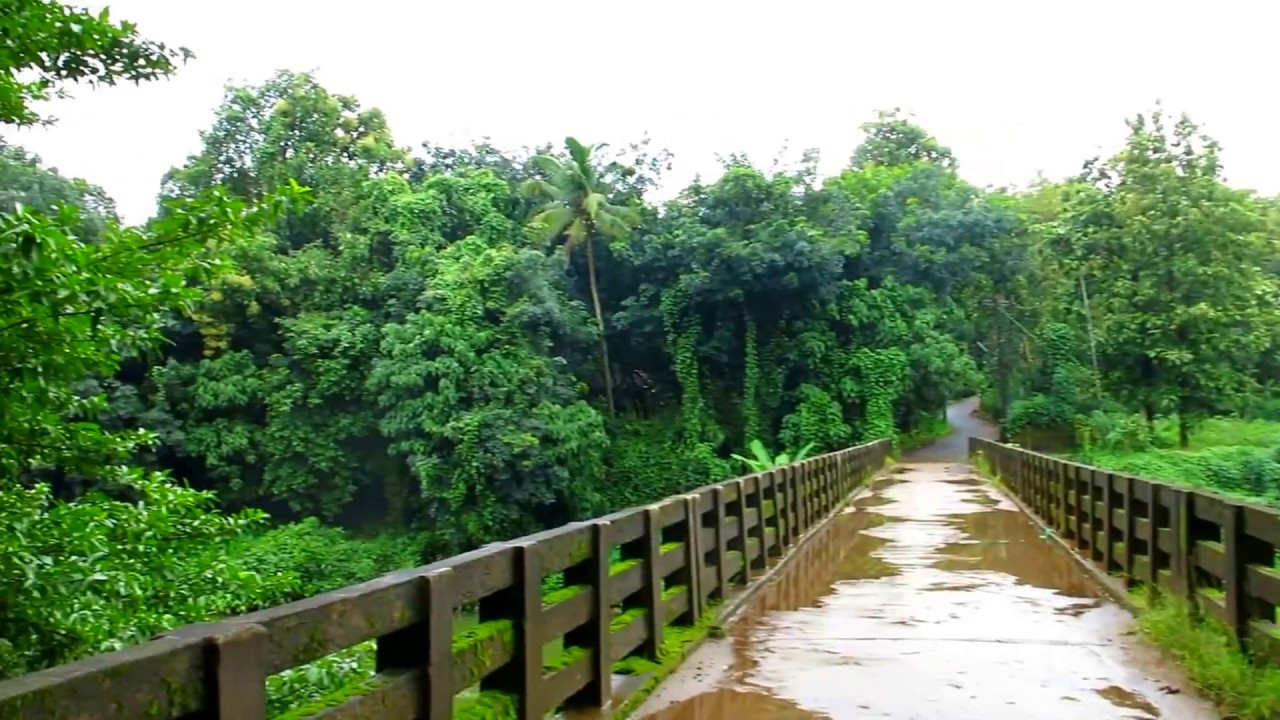
Explore the Best Places to Visit in Thrissur, Kerala – A Perfect Guide for Your Next Adventure!
Are you ready to explore Thrissur, Kerala? Get ready for an exciting journey through this vibrant city! Discover its rich history, stunning landmarks, and fascinating culture. With our guide to
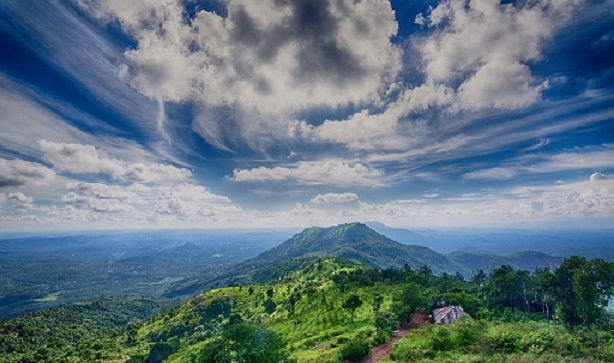
Explore the Best Places to Visit in Malappuram, Kerala - A Traveler's Guide
Dive into the beauty of Malappuram, Kerala with our ultimate travel guide! From picturesque beaches to fascinating historical sites, explore the best places to visit in Malappuram Kerala. Whether you're
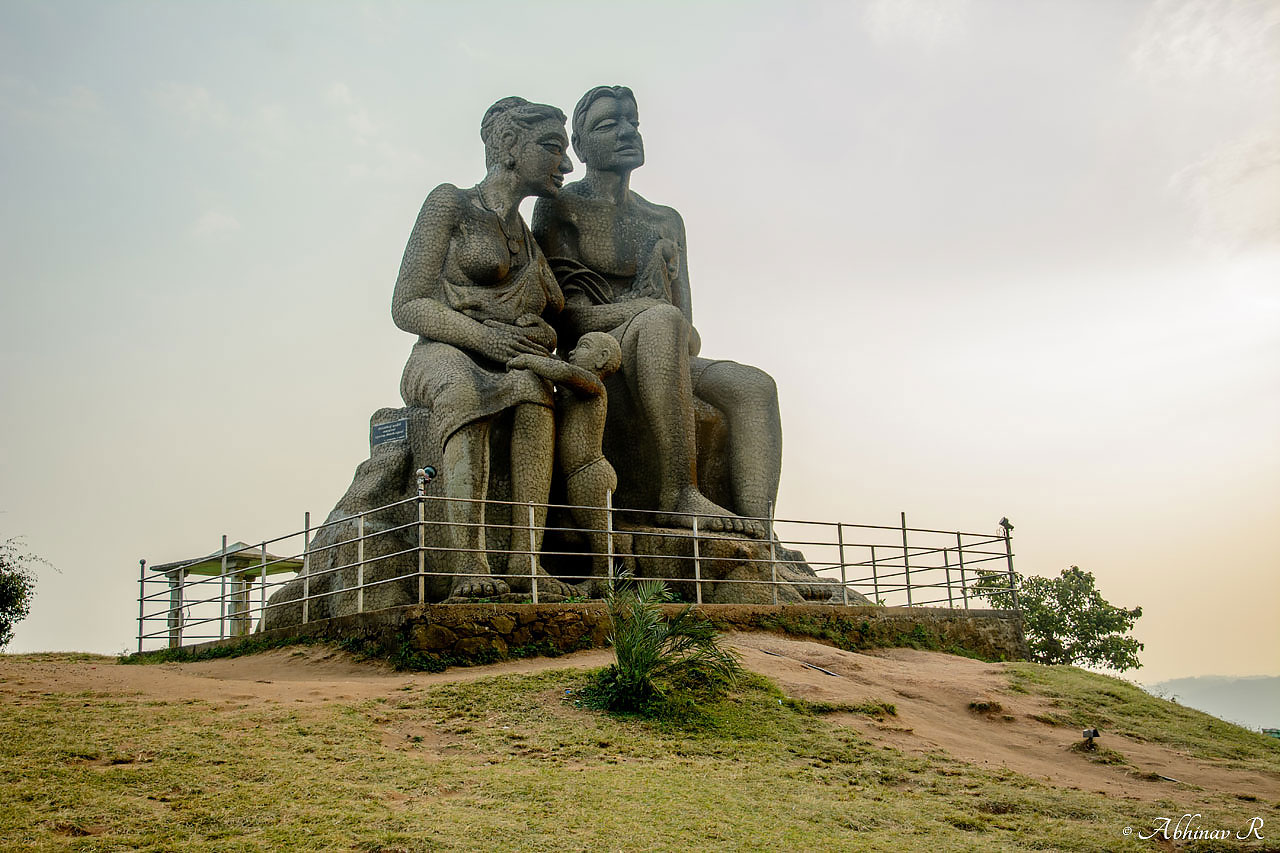
Explore the Best Places to Visit in Idukki, Kerala - A Traveler's Guide
Discover the mesmerizing beauty of Idukki, Kerala with our guide to the best places to visit. From breathtaking landscapes to serene lakes, explore the charm of this enchanting destination. Whether

